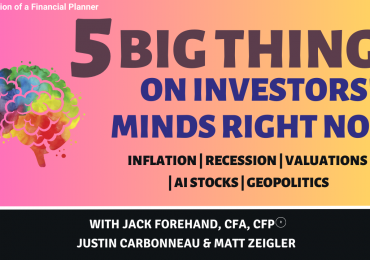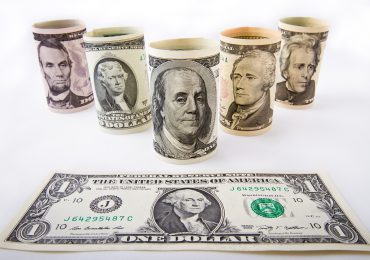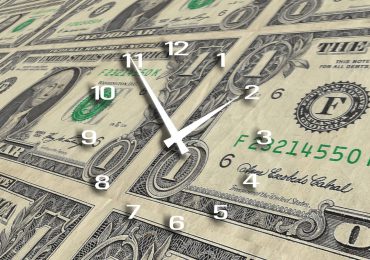If the Fed raises rates as vigorously as expected this year, bond investors could get slammed, writes Jason Zweig in a piece for The Wall Street Journal. Of course, how much they’ll get slammed depends on how much they hold…and there a few ways to protect themselves, Zweig contends.
Many bond investors have gotten complacent after an extraordinarily long bull market, and now the bond market is down 5.9% through the end of March—the worst 3-month period since 1980. But the decline isn’t all bad news, and investors shouldn’t panic. According to Mary Ellen Stanek, the co-manager of the Baird Short-Term Bond Fund, by raising rates steeply at the short end, “[t]he bond market is doing some of the Fed’s work for it,” she tells the Journal. Rates have already gone up as a result of the yield on the 2-year Treasury note rising 1.6 percentage points this year. That means that going forward through 2022, bond investors’ yields will be substantially higher; when rates go up, bond prices decline, but bond yields rise. However, if the Fed raises rates aggressively or inflation skyrockets, things could change fast.
Measuring how bond prices are attuned to interest rate changes is called duration, and it’s important to understand it if you hold bonds, Zweig writes. The bigger the duration, the greater the losses when rates go up: for every year of duration, a fixed-income investment will lose roughly 1% of its price with each 1-point notch in interest rates. Generally speaking, if a bond has a duration of 5, its price will drop 2.5% if rates go up half a percentage point, 5% if they rise by 1 point, and 10% if they go up 2 points. While most bond fund managers have a good understanding of duration, investors usually don’t pay attention to it.
That’s why it’s important to know how much duration you own, Zweig writes, and be careful not to take on more interest-rate exposure than is safe in the current climate. “Compare your fund’s duration with that of its benchmark to confirm they are close,” he says, and avoid long-term bond funds, which have durations of 7 to 10 and up. Eliminating those from your portfolio will help keep losses at bay if the Fed starts raising rates faster than expected. Checking your 401(k) to assess whether your bond holdings have fallen below the target you set, is another important step to take. If they have, add to them to get back on track.
And another piece of advice Zweig offers is to put more money into short- and intermediate-term funds in order to take advantage of the rising rates—a strategy that will garner you the average rate over time, according to author and finance professor Frank Fabozzi from John Hopkins University. Pointing to the complaints that investors have had for years about low yields, Fabozzi says that with interest rates going up at long last, “you should feel comfortable taking what the market gives you.”










